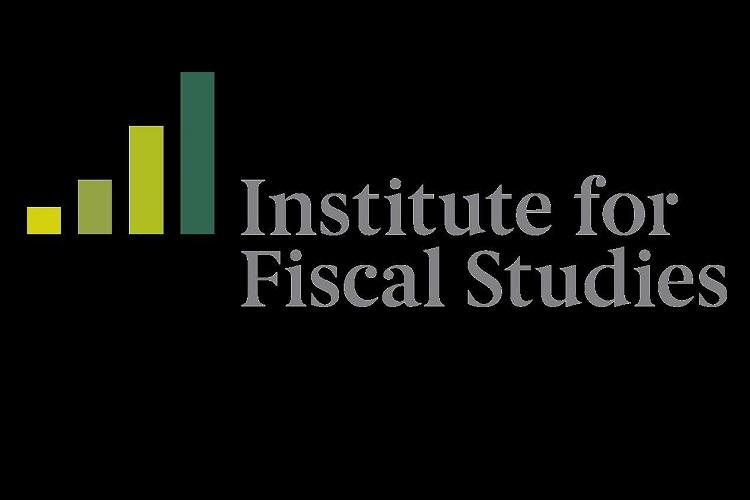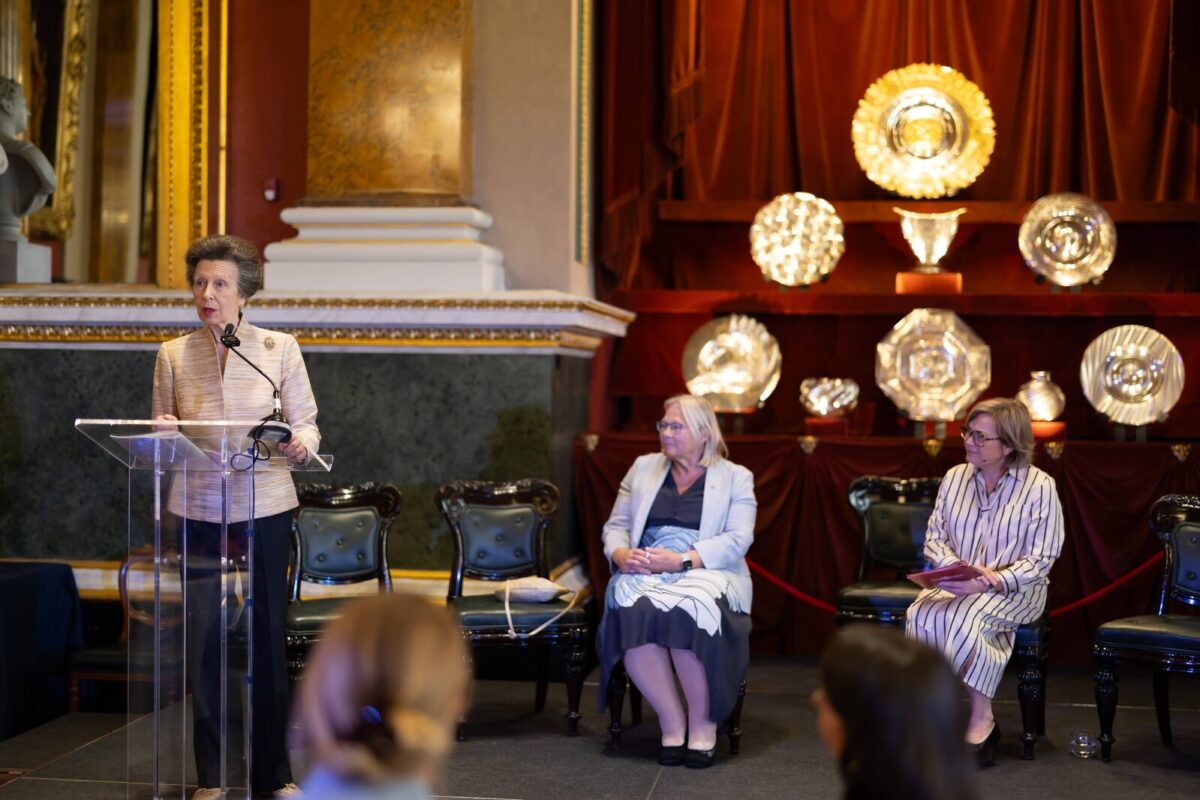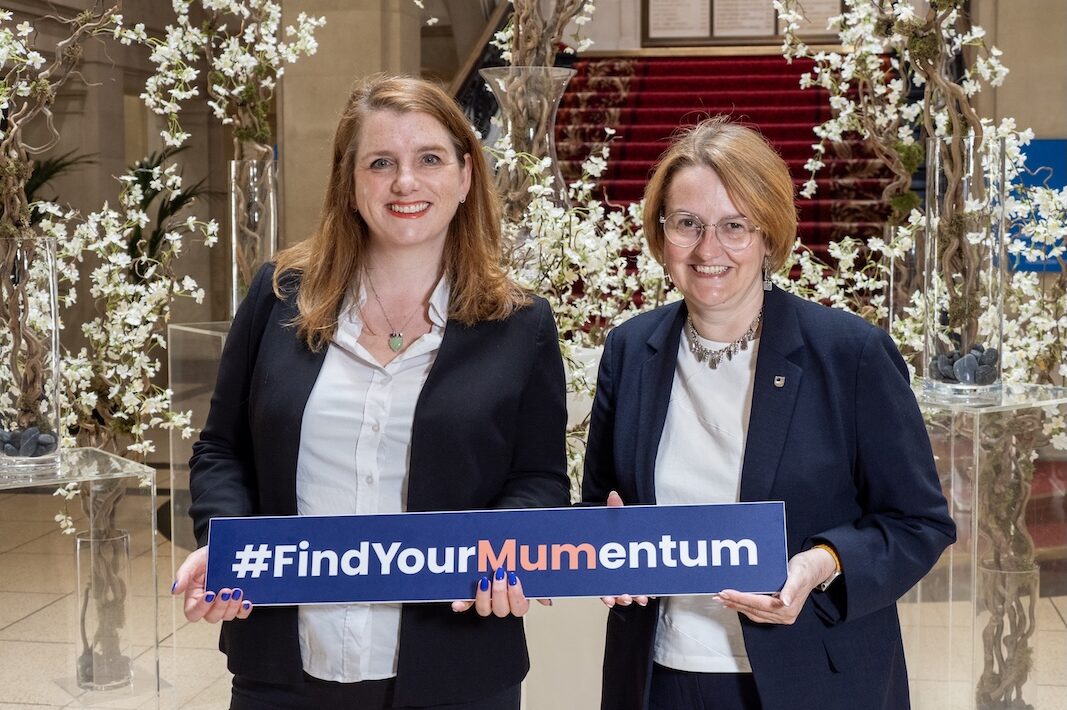Historical skew towards the rich in education spending finally at an end

Children from richer families used to benefit much more from public spending on education than did those from poorer backgrounds.
Back in the 1980s, this gap was very big as few poorer children stayed in education past age 16, let alone went on to higher education.
Even among those taking their GCSEs in 2003, those from the richest fifth of families were getting nearly £6,000 more spent on their education than were those from the poorest fifth.
That gap had closed for the generation taking GCSEs in 2010. Children from poorer backgrounds now have more spent on their education than do those from better-off families.
This remarkable shift in the distribution of education spending has been driven by increases in the amount of funding targeted at poorer pupils, as well as by a narrowing of socio-economic gaps in post-16 and higher education participation.
Policies such as the pupil premium and further narrowing of socio-economic gaps in higher education participation mean that education spending is now likely to be skewed towards poorer pupils.
These are the main findings from new research released by IFS researchers, “Socio-economic differences in total education spending in England: middleclass welfare no more” which was funded by the Nuffield Foundation.
IFS follow pupils in state-funded schools in England who took their GCSEs between 2003 and 2010 through their education careers and measure the amount of spending they received based on the institutions they attended.
Pupils benefit from a large amount of state funding for education in the 12+ years they spend in formal education, about £73,000 on average for pupils aged 16 in Summer 2010 in England. The total amount they experience is shaped by their education choices (e.g. whether to stay on post 16 and/or go to higher education) and the nature of the funding system for each stage of education. In the 1980s, considerably more was spent on the education of those from well-off backgrounds than on those from poorer backgrounds. This was driven by the fact that poorer children were much less likely to stay in education beyond 16, let alone go to university. And funding for higher education (HE) was relatively high.
In this report, we find that these differences in funding by social class have now vanished. Changes to the distribution of school funding, increased staying-on rates and reforms to HE funding mean that there was no difference in the amount of public money spent in total on educating the poorest and richest pupils who were taking their GCSEs in 2010. This has happened despite the facts that richer pupils remain much more likely to enrol in HE and that public subsidy for HE remains substantial.
Since 2010, the funding system has become even more beneficial to lower-income students relative to the better off. This is in part because of further school funding reforms, in part because post-16 participation rates have risen and in part because funding for school sixth forms (where better-off children are more likely to study) has been cut relative to funding for colleges (which are more likely to serve poorer students).
This is a remarkable change over time. A system that was substantially skewed in funding terms towards the better off is now, if anything, skewed towards the least well off.
Socio-economic differences in total education funding had evaporated by 2010. Amongst pupils taking their GCSEs in Summer 2010, those in the richest andpoorest socio-economic quintiles received about £73,000 in total funding acrossall stages of education. This represents a major reversal. Amongst pupils takingtheir GCSEs in Summer 2003, those in the richest quintile received about £5,900 more than those in the poorest quintile.
School funding has become much more targeted towards poorer pupils. In 2003, there was already a £3,500 funding advantage in total school funding infavour of pupils from poorer families (looking over 12 years of schooling). As a result of various reforms to the school funding system, this grew to £9,500 by 2010, with pupils in the poorest quintile experiencing about £57,700 of schoolfunding in total.
Participation in 16–18 education is now near universal. In 2003, pupils from richer families were about 11 percentage points more likely to stay in post-16 education than those from poorer families. By 2010, participation was over 95% amongst all groups, reducing this gap to 2 percentage points.
This change in participation has more than halved the socio-economic gap in post-16 funding. In 2003, pupils from richer families ended up receiving about £2,800 more in total post-16 spending than those from poorer families. For pupils taking their GCSEs in Summer 2010, this gap had shrunk to £1,200.
Children from poorer families are much more likely to attend colleges rather than school sixth forms. Amongst those taking their GCSEs in Summer 2010,about 58% of pupils from poorer families attended a further education or sixth-form college as opposed to 21% who attended a school sixth form. Amongst pupils from the least deprived quintile, about 41% attended a college and 47%attended a school sixth form. These substantial differences will have acted toincrease socio-economic gaps in spending, given that school sixth forms receivedhigher levels of funding per student until quite recently.
Socio-economic gaps in higher education participation narrowed over the 2000s. Amongst pupils taking their GCSEs in 2003, children from richer families were about 33 percentage points more likely to go on to higher education. This meant that children from the richest quintile received more than three times the level of higher education spending experienced by those from the poorest quintile. The participation gap narrowed slightly to about 28 percentage points for pupils taking their GCSEs in Summer 2010. This reduced the funding gap, but children from richer families still experienced more than double the amount of HE spending received by those from poorer families.
Pupils from richer families benefit more from long-run public subsidies to higher education. This is because they are more than twice as likely to go to higher education. Although pupils from richer backgrounds are likely to earn more themselves as graduates, and thus make larger student loan repayments,such differences would need to be implausibly large to cancel out the effects of differences in participation.
Pupils from richer families would benefit more from the abolition of tuition fees, which again results from the fact that they are more likely to go to higher education. We find that pupils in the richest quintile would benefit by more than twice as much from such an abolition as those in the poorest quintile.
Reforms since 2010 are likely to have increased total funding in favour of pupils from poorer backgrounds. The pupil premium was introduced from 2011 onwards. Reforms to post-16 funding have tended to favour colleges, which poorer pupils are more likely to attend, rather than school sixth forms. Evidence also suggests that socio-economic gaps in higher education participation have fallen slightly over time, though these remain substantial.
Main findings are as follows:
- School funding has become much more targeted at poorer pupils. In 2003, there was already a £3,500 funding advantage in total school funding in favour of pupils from poorer families (looking over 12 years of schooling). This grew to £9,500 by 2010, such that pupils in the poorest fifth of households received 20% more funding on average while at school than did those from the richest fifth. This was the intended and direct result of reforms to the school funding system over the 2000s.
- Participation in 16–18 education is now near universal. In the late 1980s, children from richer families were about twice as likely to stay on in education after age 16 as those from poorer families, a gap of over 35 percentage points. In 2003, pupils from richer families were about 11 percentage points more likely to stay in 16–18 education than those from poorer families. By 2010, participation was over 95% across all groups. Socio-economic gaps in 16–18 funding narrowed as a result.
- Socio-economic gaps in higher education participation have narrowed slightly and reduced funding gaps. Amongst pupils taking their GCSEs in 2003, children from richer families were about 33 percentage points more likely to go on to higher education than those from poorer families. This gap was down to 28 percentage points for those who took their GCSEs in 2010. As a result, pupils from richer families on average benefited from about double the level of higher education spending received by those from poorer families, down from three times as much in 2003.
- The abolition of tuition fees would benefit students from the richest fifth of households by more than twice as much as those from the poorest fifth. That’s because richer pupils are more likely to go to higher education and earn more as graduates themselves.
- Socio-economic differences in total education spending evaporated by 2010. Amongst pupils taking their GCSEs in 2003, those in the richest quintile received about £5,900 more than those in the poorest quintile. By 2010, pupils in the richest and poorest socio-economic quintiles each received about £73,000 in total spending.
- Reforms since 2010 will have increased total funding in favour of pupils from poorer backgrounds. The pupil premium was introduced from 2011 onwards. Reforms to post-16 funding have tended to favour colleges, which poorer pupils are more likely to attend, rather than school sixth forms. Socio-economic gaps in higher education participation have fallen slightly over time, though these remain substantial.
In less than a decade over the 2000s, education spending shifted from being skewed towards richer pupils to being skewed towards poorer pupils instead.
This is a remarkable shift in the shape of public spending, with an increasing amount of redistribution taking place through public service spending.
In more recent years, these changes will have been partly counterbalanced by reductions in welfare spending and children’s services.
Nevertheless, the empirical evidence suggests that focusing more education spending on poorer pupils should lead to substantial improvements in their life chances.
Luke Sibieta, co-author of the report and Research Fellow at IFS










Responses